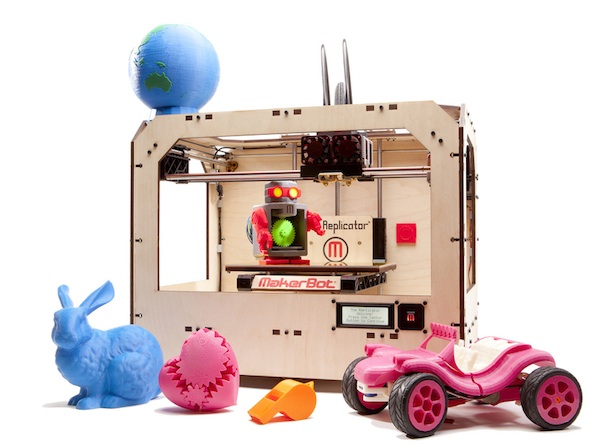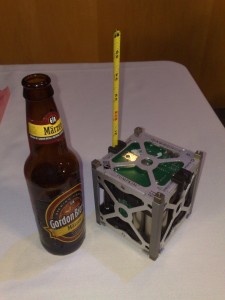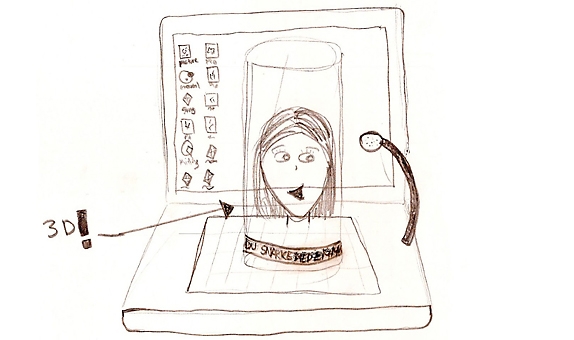From the 15-17 July I spent the weekend in Boston at another wonderful Foo Camp. For the uninitiated, a Foo Camp is a three day, invite only unconference. My translation of this is that it’s focused creative chaos which leads to cognitive overload. There’s some background about Foo Camps on wikipedia here, the origin of Health Foo here and full coverage of the weekend here.
However I was also interested to learn more about the organisation that sponsored the event, and more specifically, the people inside that organisation. Health Foo was supported by the Robert Wood Johnson Foundation , the largest philanthropy devoted solely to the public’s health in the USA. To put that in context, according to Wikipedia the foundation has USD$7.5 billion in assets, and annually grants grants about USD$400 million a year. The team inside the Foundation that supported Foo is called Pioneer and Paul Tarini is the lead in Pioneer for Health Foo. When it came to introductions, Paul described his role as looking for oddballs. That piqued my interest and over the weekend I sat down with him and discussed with him exactly what he meant.
Pioneer was started eight years ago when the incoming President of the Foundation adopted a portfolio approach for most of the teams in the organisation. It was decided that there should be one team that had a high risk portfolio and that team was Pioneer. Paul was the second director of that team. He likens their role to that of a venture capital fund in that it finds unconventional projects and supports them. Paul comments that “…we have much more license to fail than those other teams.” They’ve worked on some fascinating concepts; for example six years ago they were supporting a project to use prediction markets to anticipate flu outbreaks.
Teams like Pioneer are rare in any organisation, let alone in philanthropy. Most leaders simply fail to recognise the need to explore the periphery of their sector to find new and novel offerings. They incentivise everyone by operation goals, and this kills innovation. Clearly at the Robert Wood Johnson Foundation there is recognition of the need to look to the edges, and Pioneer fulfills that role. However you still need to measure the investment and I asked Paul about how Pioneer justifies it’s existence.
His response was that individual projects have their own metrics to assess how they are progressing. Additionally, there is an annual survey of stakeholder audiences, and in this survey is a component that measures the reputation of the Foundation for idea generation and innovation. Finally, they monitor the spread of ideas to other teams as a gauge of success.
I was also interested in why the Foundation was interested in Foo Camps. Paul’s response reflects the nature of his role and his understanding of where the most interesting innovation is to be found: “we believe new ideas often occur when two different disciplines intersect and begin to wrestle with each other; FOO camps are well-suited to foster such interaction.”

Paul Tarini (with Jane McGonigal who was also at Health Foo)




